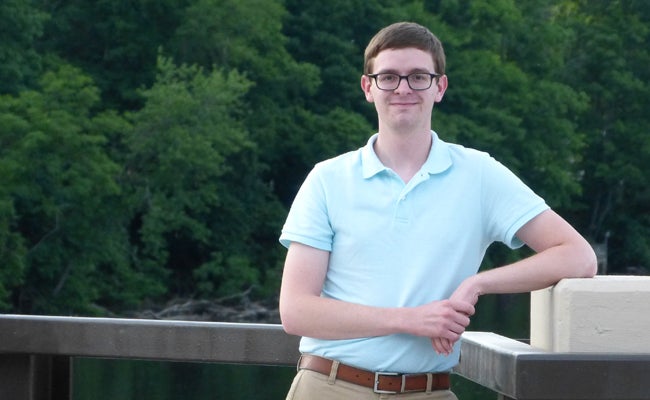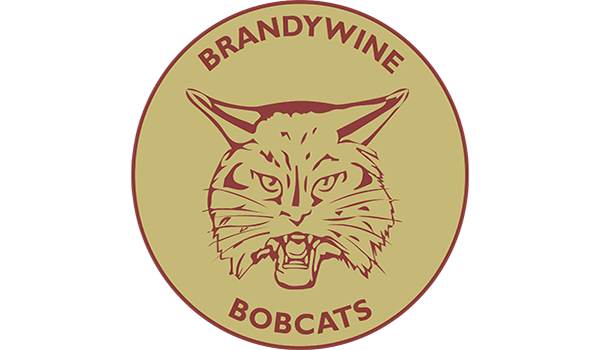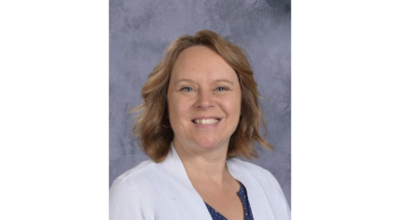Niles man wins essay contest
Published 8:50 am Thursday, June 23, 2016
A Michigan Technological University student from Niles, with inspiration from his local credit union, has captured a national economics essay contest and will soon share his ideas on Capitol Hill.
For the past four years, teams from Michigan Tech’s School of Business and Economics have advanced to the finals of the iOme Challenge. In 2012 the SBE team took home Honorable Mention and a $2,000 prize. Finally this year, a Husky has emerged as the champion.
Jerrid Burdue has been named winner of the iOme Challenge for his essay and innovative video focused on federal government proposals related to education requirements, the myRA program, Social Security taxes and the Saver’s Credit.
As a result of the win, the third-year student from Niles, Michigan, was awarded the top prize of $5,000 and will travel to Washington, D.C. later this month to present his essay at the Women’s Institute for a Secure Retirement (WISER) Forum.
Now in its seventh year, the iOme Challenge is a two-part national competition consisting of an essay and video that illustrates the key elements of the essay. Contestants were asked to imagine their selection by the President-Elect to serve on the Council of Economic Advisors. The CEA was asked to “reimagine the private retirement system to accommodate the needs of workers in traditional work arrangements as well as the changes in the work-life patterns of the millennial generations so they can be confident of a financially secure retirement.”
In his essay/video, Burdue proposes a “retirement app” that automatically forwards a predetermined percentage of a purchase into a “myRA” account.
Burdue says the inspiration came during a personal banking experience. “The idea behind the retirement app came from a feature called ‘It’s Your Change,’ from my credit union. When you sign up, they round up your debit card purchases to the nearest dollar and credit the extra change to your savings account,” he says.
Burdue’s idea expanded on this concept by allowing individuals to designate a percentage of their purchase into the equation as well as link it to a retirement account.
“By doing this, the more a person spends, more money goes into their retirement account since it’s a percentage of their purchase rather than simply rounding up to the nearest dollar,” he explains.
While the essay topped out at nearly 20 pages, it was the 50-second video that Burdue found daunting.
“I have almost zero background in making a video, so that was my greatest challenge,” he says. “I had the idea of creating it with a white board and markers like they do in AsapSCIENCE videos but had no idea where to start.”
In terms of writing the essay, Burdue says it was challenging to elaborate on a fairly straight-forward concept.
“I found it difficult to add more paragraphs and pages,” he recalls. “I said what I wanted and needed to say with my essay. I revisited previous winning essays, and found mine was a decent amount shorter. Ultimately, I focused on my own essay rather than trying to recreate past essays.”







